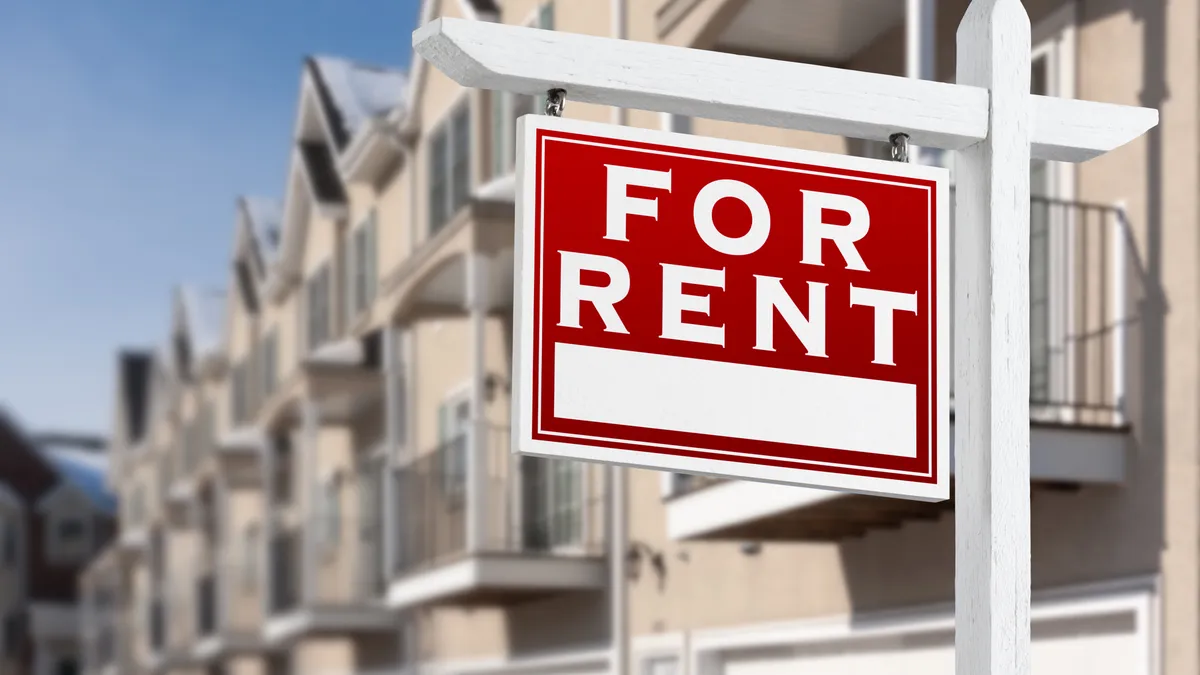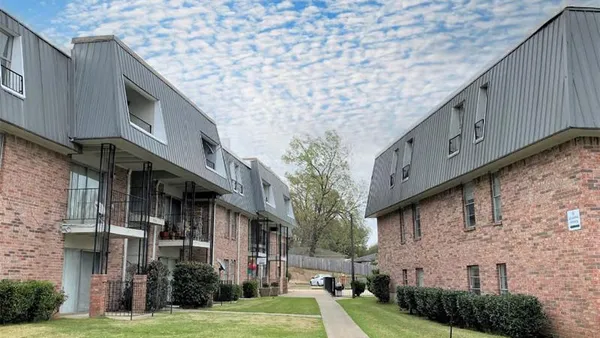While rent control policies do slow rent growth in the buildings in which they are in effect, they also lead to a variety of unintentional negative effects, according to a new report published in the Journal of Housing Economics.
The apartment industry has long decried the use of rent control policies, saying that they exacerbate housing shortages, worsen affordability and limit upward mobility for renters, according to the National Multifamily Housing Council.
The report is based on a review of over 112 studies on rent control across the world, dating back to 1963. Sixty of them directly examined rent movements in rent-controlled units; out of that number, 53 indicated that rent-controlled apartments experienced a drop in rent at an average of 9.4%. However, out of the 17 studies that examined rent in uncontrolled units, 16 found rents rose following the start of rent control in other properties nearby, up 4.8% on average.
Researchers also found that rent-controlled units experienced a significant drop in overall conditions and upkeep, with 13 out of 15 studies mentioning that consequence.
In the buildings where rent increases were controlled, revenue didn’t keep up with the cost of inflation and their value depreciated over time, the report said. This resulted in the buildings themselves deteriorating, according to Konstantin Kholodilin, the study’s author and senior researcher at DIW Berlin, also known as the German Institute for Economic Research, in Germany.
“Landlords are trying to preserve their yields by reducing their costs, including maintenance and service costs,” Kholodilin told Smart Cities Dive sister publication Multifamily Dive. “Over time, the rent-control units decay and their real value becomes proportional to the corresponding real rent revenues.”
Driving away development
In a joint study in 2022, the National Association of Home Builders and the NMHC asked multifamily developers whether they avoid building new properties in jurisdictions with rent control. An overwhelming majority, 87.5%, said yes.
Kholodilin said these findings aligned well with the studies covered in his report, which tended to find that rent control leads to less housing construction and lower housing supply. Eleven out of 16 studies reported rent control as a negative influence on new housing construction, and 12 out of 16 found a negative effect on the total supply of housing.
“Within a few years after the introduction of rent control, the lack of construction could exacerbate the shortage of affordable housing leading to a widening gap between the market and controlled rents,” said Kholodilin. “Thus, the newcomers in the city, the households moving within the city and newly created households will be hit the most.”
Not all of the review’s findings were negative, particularly for tenants. Because their rents were kept lower than in surrounding apartments, residents of rent-controlled units experienced lower financial burdens, and were thus less likely to be evicted than residents of market-rate units in the same area. In addition, rent control was often passed with other tenant protections, enabling residents to stay in their units for longer periods, raising their satisfaction, the report said.
Contrary to the findings of the NAHB study, Bob Faith, founder and CEO of Charleston, South Carolina-based global multifamily leader Greystar, recently told the Financial Times that rent control does not need to stop large investors from funding new developments.
“You do not have to have the windfall of a year of 14% rent increases in order to have a viable investment product,” he said.
A different approach
Kholodilin also recently reviewed a body of over 700 studies examining the overall impact of government regulations on the housing market. These include many of the housing policies considered alternatives to rent control, such as affordable housing, housing vouchers and construction incentives.
Based on these studies, Kholodilin concluded that certain subsidized housing programs, particularly housing vouchers and social housing, lead to overall rent increases, although those who take advantage of them pay lower rents than the market average.
Not only does an increase in subsidized construction lead to higher construction costs, but subsidies lead to higher demand in the market, according to Kholodilin.
“Nevertheless, these measures have a number of positive effects, such as better housing conditions, better health and higher children's school performance,” he said.












